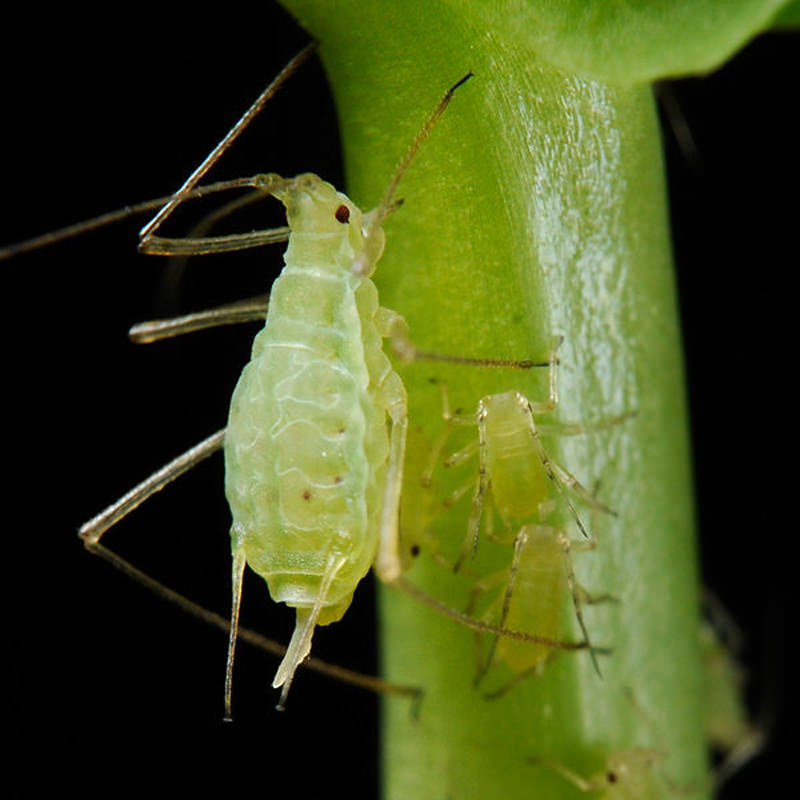
Southern Chinch Bug Environmental Pest Systems
southern chinch bug displays a dietary preference for St. Augustinegrass, and this preference has elevated the southern chinch bug to the second most expensive plant feeding arthropod in Florida (Cherry and Nagata 1997, Kerr 1966). The southern chinch bug thrives during the warm, damp summer months, and infestations peak in early July (Kerr 1966).

What Do Chinch Bugs Look Like Chinch Bug Identification
Southern chinch bugs ( Blissus insularis) love to eat your lawn, especially St. Augustinegrass. They gather in large groups and feed voraciously, draining the sap from your grass plants, causing them to wither and die. Damaged areas can be irregular or circular in shape, similar to masked chafer damage.
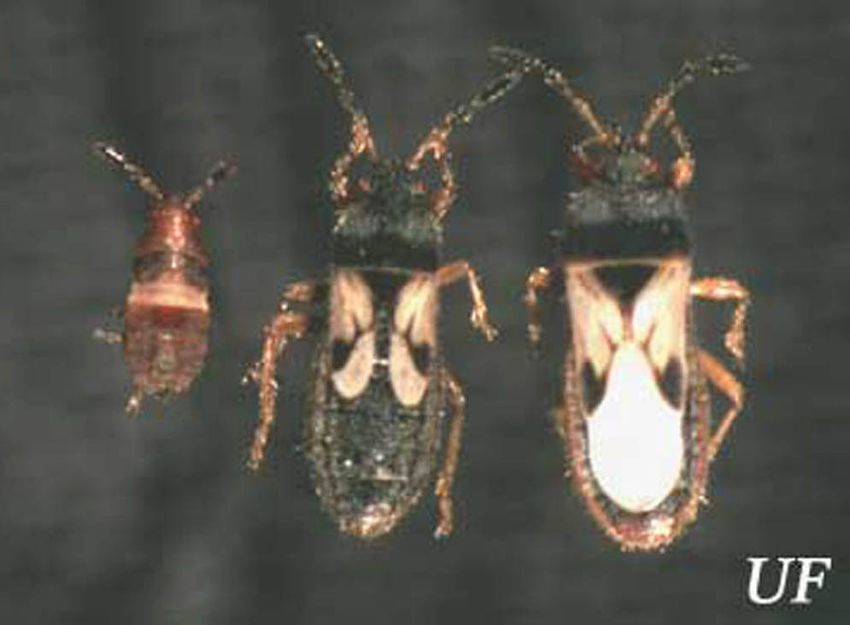
Southern Chinch Bug, Blissus insularis Barber (Insecta Hemiptera Blissidae)1
Control There are two methods for controlling Southern Chinch Bugs that TruGreen® recommends: 1. Use professionally applied pest control designed to prevent excess lawn pest populations, which can cause damage to your lawn 2.

What to do about chinch bugs in your lawn Lifestyles
The southern chinch bug, Blissus insularus, is the most damaging insect pest of St. Augustinegrass. They tend to strike when turf is stressed by drought conditions in spring to summer. However, I have found them active in the winter months when we get heat waves, so don't assume a damaged spot is fungus. To scout and monitor for the insect.
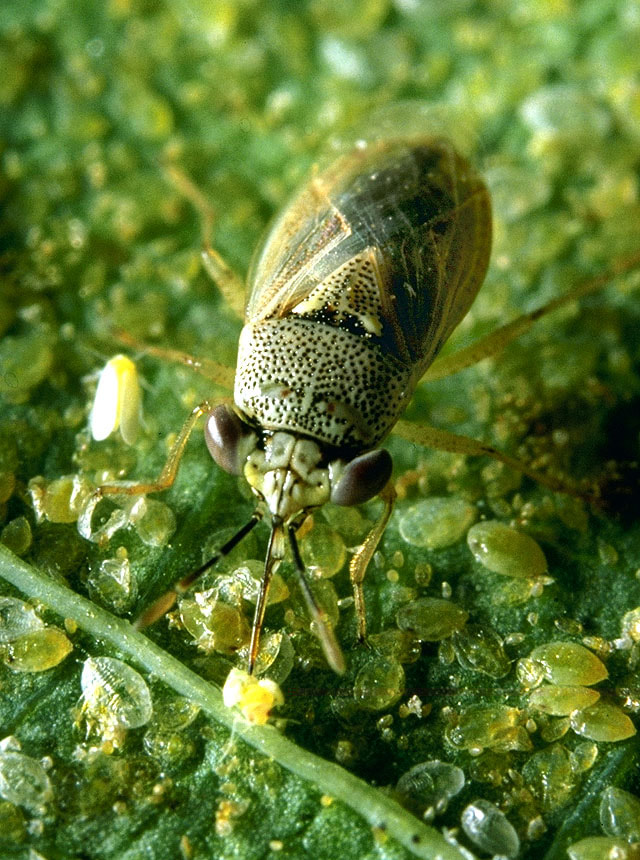
Southern Chinch Bugs The Daily Garden
Diatomaceous earth is an eco-friendly solution. This natural remedy, derived from the fossilized remains of diatoms, acts as an effective insecticide against these pesky lawn invaders. When chinch.

Chinch Bugs AggieTurf
Southern chinch bugs are common pests of St. Augustinegrass in the southern United States and often cause significant damage (Fig. 2) to turf during the summer months. While St. Augustinegrass is the only turfgrass to suffer severe damage from chinch bugs, they can also feed on centipedegrass, zoysiagrass, bahiagrass, and bermudagrass.

southern chinch bug, Blissus insularis (Hemiptera Blissidae) 5489152
The southern chinch bug grows up to 0.25" (6 mm) long. A common pest that can infest various types of turfgrasses. Chinch Bug Damage Plant and grass damage from chinch bugs happens when the pesky insects bite into roots and plant tissue. Chinch bug damage to grass occurs as they suck plant juices, weakening the grasses.
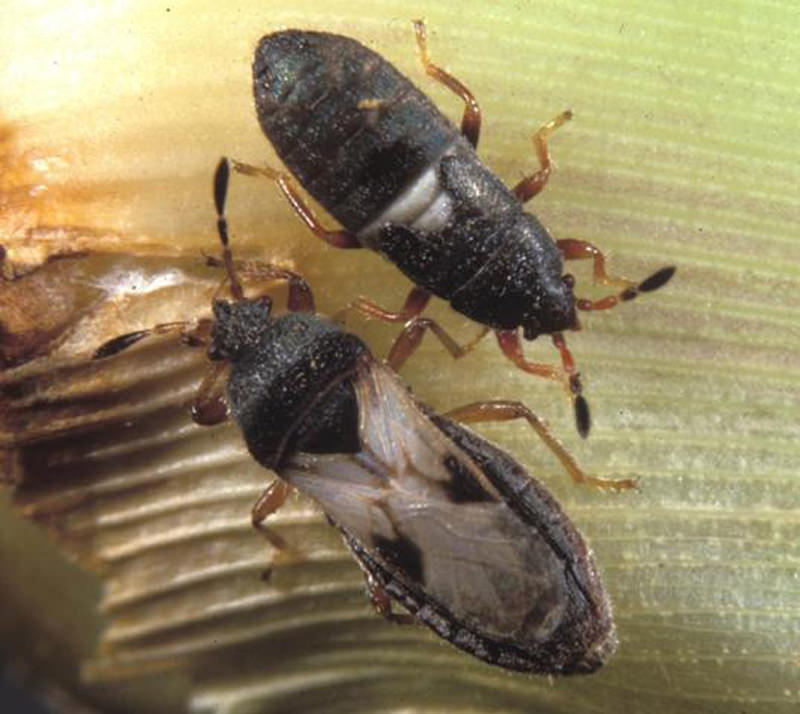
Southern Chinch Bug Environmental Pest Systems
Also superlative in Florida is the southern chinch bug. This insect is the most damaging insect pest of turfgrass in the state. They are a major pest of St. Augustinegrass and attack zoysiagrass, too. Catching a southern chinch bug infestation early is the key to saving your turf. Below are some tips for identifying and managing this pest.
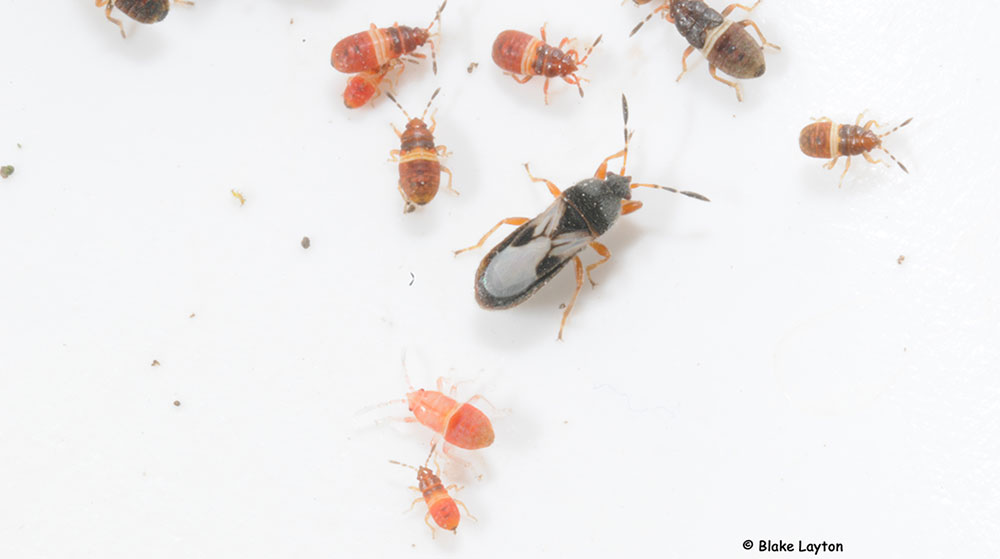
Southern Chinch Bugs Vol. 2, No. 21 Mississippi State University Extension Service
The southern chinch bug (Figure 1), Blissus insularis Barber, is an insect pest of turfgrass, especially St. Augustinegrass, in Georgia. Bermudagrass, centipedegrass, and zoysiagrass are also attacked by southern chinch bug. They feed on grass using their piercing and sucking mouthparts.
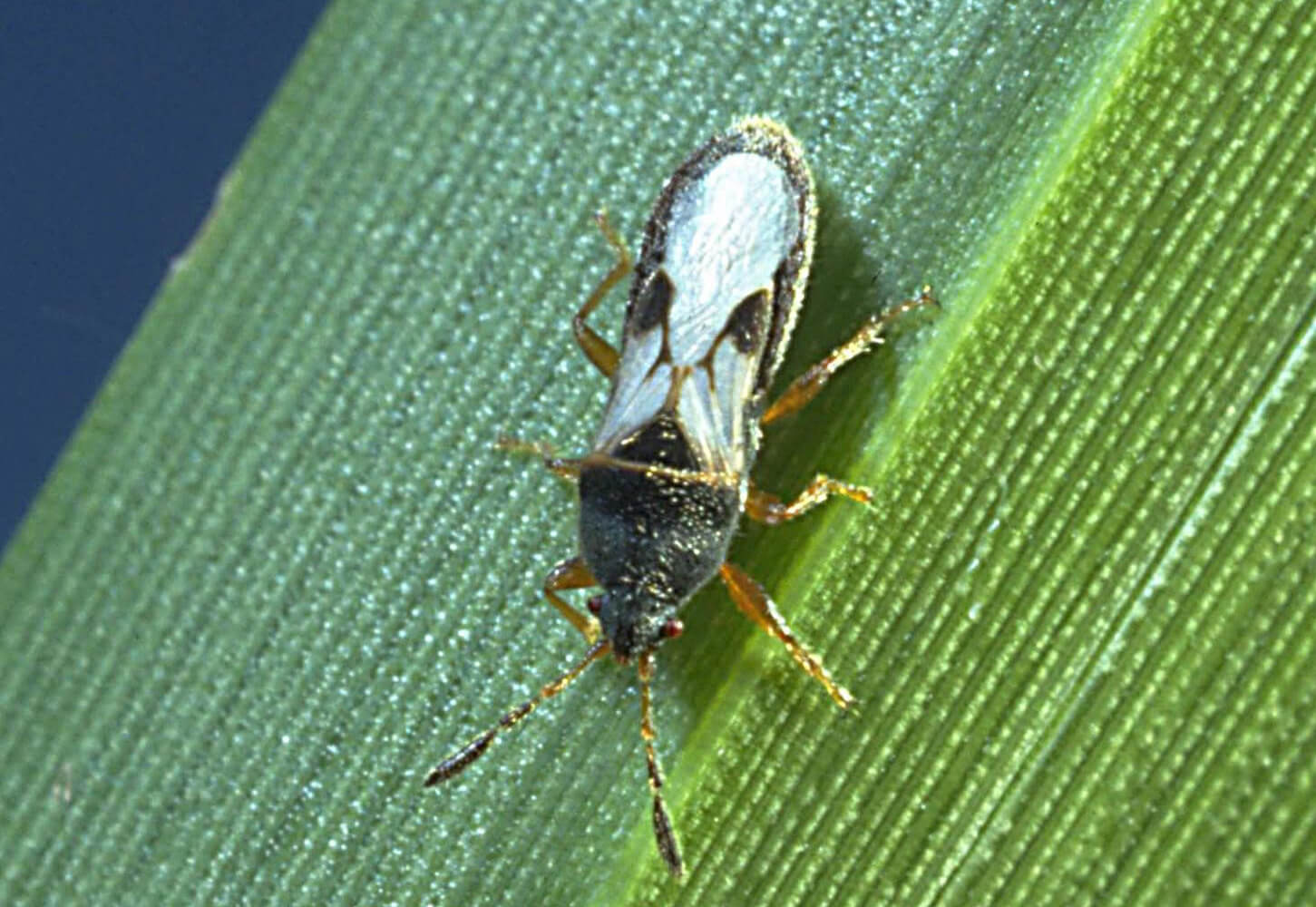
Pest Alert Southern Chinch Bug Mainscape Landscape Services
The southern chinch bug, Blissus insularis Barber, is an insect pest of St. Augustinegrass, Stenotaphrum secundatum (Walt.) Kuntze, a turf and pasture grass grown throughout the southern United States.

Southern Chinch Bug Identification and Control
The southern chinch bug is the most important insect pest of St. Augustinegrass in Florida, but may also feed on other turfgrasses and weeds. Adults are about 3/16 inch long and are black with white patches on the wings. The young (nymphs) range from 1/16 inch long to nearly adult size.
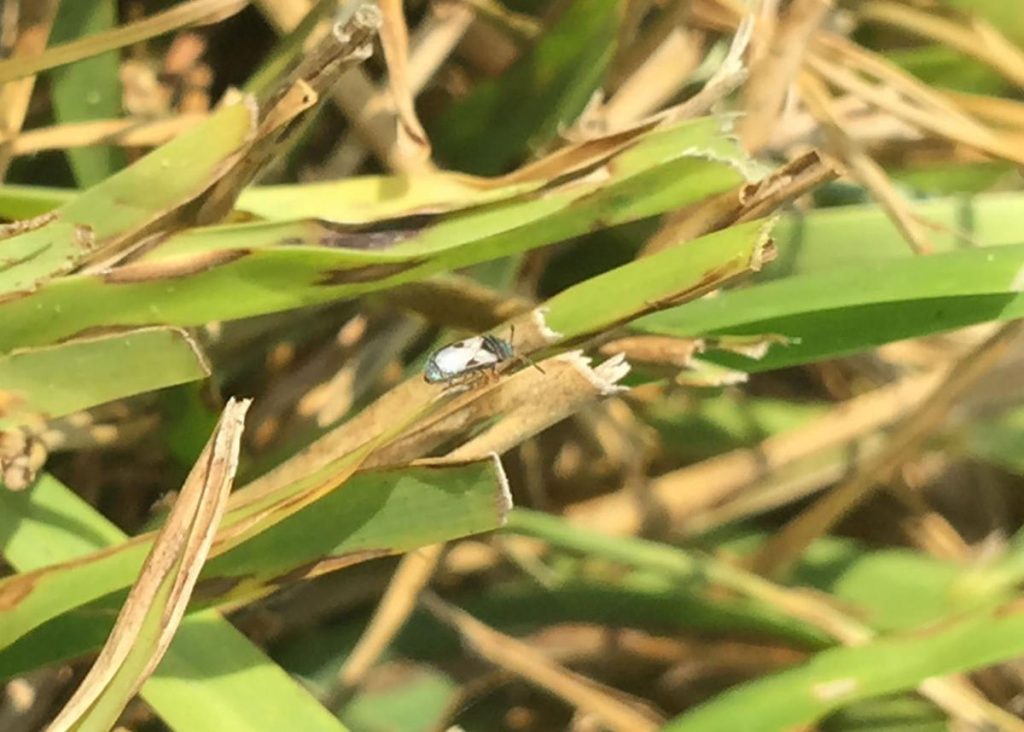
Chinch Bug Guide Appearance, Life Cycle, Habits, Damage, Insect Control Solutions
infestations of southern chinch bug. In fact, it is estimated that about 1/3 of St. Augustinegrass lawns contain southern chinch bugs, but it is only necessary to treat when numbers reach the abundance threshold. Typically, 20 to 25 southern chinch bugs per 1 ft 2 (0.1 m ) is enough to warrant an insecticide application (Short et al. 1982.

southern chinch bug (Blissus insularis)
The southern chinch bug, Blissus insularis Barber (Hemiptera: Blissidae), is a common insect pest in turfgrass throughout Louisiana. These insects favor thick thatch, full sun exposure and hot, dry weather. They are primarily a problem in St. Augustine grass but can injure other turfgrass species.

How To Get Rid Of Chinch Bugs Lawn Phix
The Spruce / Dennis Madamba "Bug" is a slang term used to refer to any insect, but, in the case of chinch bugs, it is also a scientifically accurate term. That is because the chinch bug (genus, Blissus) belongs to the zoological suborder of Heteroptera, commonly referred to as the "true bugs."
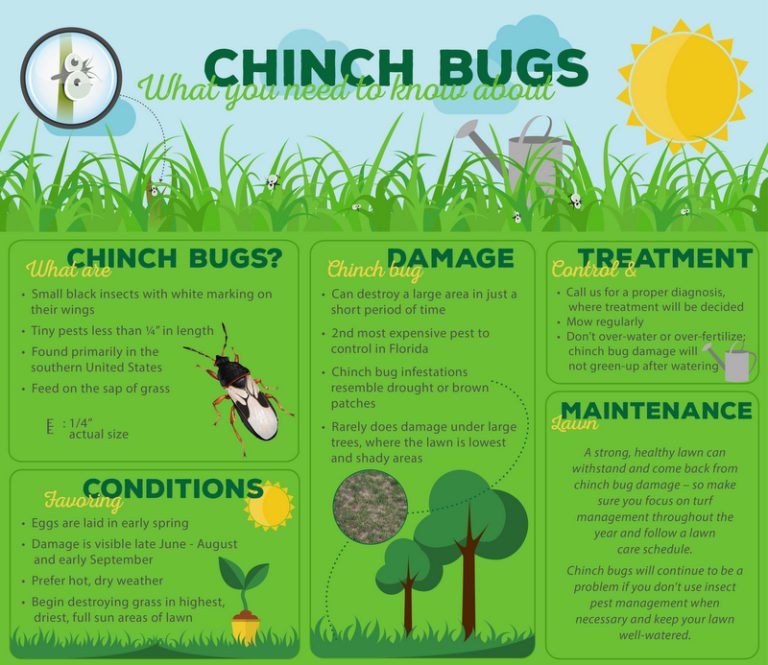
Southern Chinch Bugs How to get rid of them and Keep your Lawn Green Stewart Lawn & Garden
The southern chinch bug is the most damaging insect pest of St. Augustinegrass (Figure 2), and it has the ability to develop resistance to insecticides and overcome host plant resistance. Heavy southern chinch bug infestations have been shown to cause substantial damage to St. Augustinegrass that leads to dead, brown patches of turf..
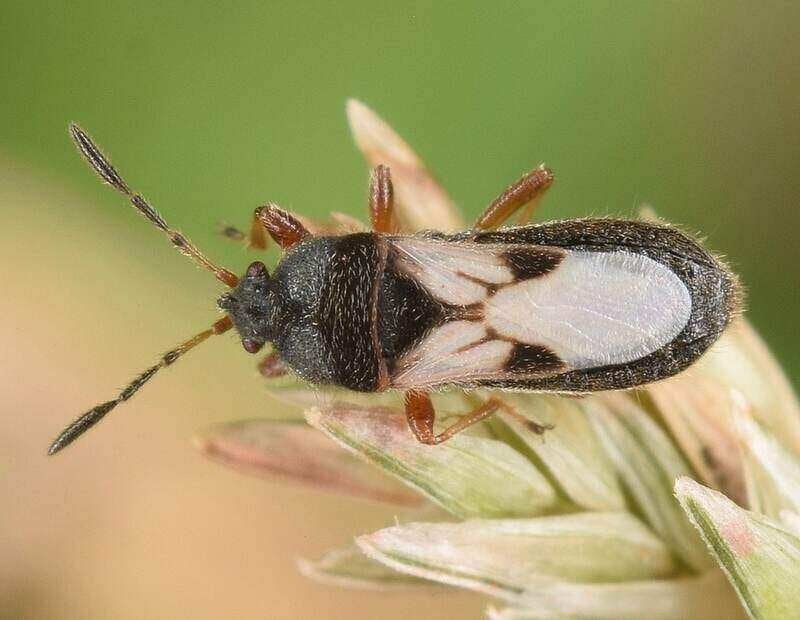
What Are Chinch Bugs and How to Get Rid of Them
Southern chinch bugs are primarily more of a problem on thick mats of turf in sunny, open areas. Biology Females lay around four eggs per day in leaf sheaths, thatch, and soft soil and can lay up to 250 eggs in a lifetime. Eggs will hatch in 1-2 weeks and nymphs complete a series of five molts before maturing into adults.